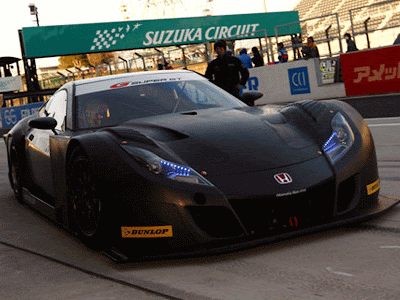Engine: 3.0-liter in-line six with Valvetronic, 230-horsepower, 200 lb-ft
Transmission: Six-speed automatic
Length x width x height: 171.7 x 68.8 x 55.6 in
Wheelbase: 104.7 in
Curb weight: 3494 lb
Fuel economy (EPA city/hwy): 18/28 mpg
Safety features: ABS, traction control, Electronic Stability Control, front and side airbags, tire pressure monitoring system
Major standard features: Power windows, doors, and mirrors, AM/FM/CD/MP3 audio system, keyless entry with alarm, alloy wheels, auto climate control, tilt/telescope wheel, power leather seats, power cloth convertible, rain-sensing wipers
Warranty: Four years/50,000 miles



 How small is too small? That's the question American automakers and auto buyers alike are asking these days. The bigger the better, or so goes the traditional way of reasoning, and nowhere is that more true than in the luxury market, where a driver's personal success was long measured by the sheetmetal inch.
How small is too small? That's the question American automakers and auto buyers alike are asking these days. The bigger the better, or so goes the traditional way of reasoning, and nowhere is that more true than in the luxury market, where a driver's personal success was long measured by the sheetmetal inch.Rising fuel prices, concerns about global warming, and general social trends have begun to shift our way of thinking, as they already have our motoring cousins abroad. The original Baby Benz, and later the Mini and Audi A3, have begun to reshape our perceptions of luxury. And now comes BMW's redefining 1-Series coupe and cabriolet.
Of all the major luxury brands, perhaps no nameplate is more suited to downsizing than the Bavarian marque. True, BMW's big 7-Series rivals the best of the breed, but the heart and soul of the brand is its compact 3-Series. And the 3-er itself is heir to the legendary 2002, upon which the new 1-Series is modeled.
Pulling power
Since it's not that much smaller and not a lot lighter, the 1-Series really needs some pulling power. The European version we got to drive was equipped with a 3.0-liter in-line six with Valvetronic variable valve timing that makes 218-horsepower and 199 pound-feet of torque. It's a peppy package that delivers plenty of acceleration, right off the line, launching from 0-100 km/h (62 mph) in 6.8 seconds.
Our 125i felt very well connected to the road. Steering was precise and predictable. But as much as we liked the enhanced EPS technology, it was not quite BMW. There's a subtle, seat-of-the-pants difference that remains unmistakably obvious, even if only in the most aggressive turns. So, we're glad to see the maker stay with hydraulic power assist for the U.S. versions of the 1-Series.
© Source: thecarconnection
We need your comments below >>











No comments:
Post a Comment